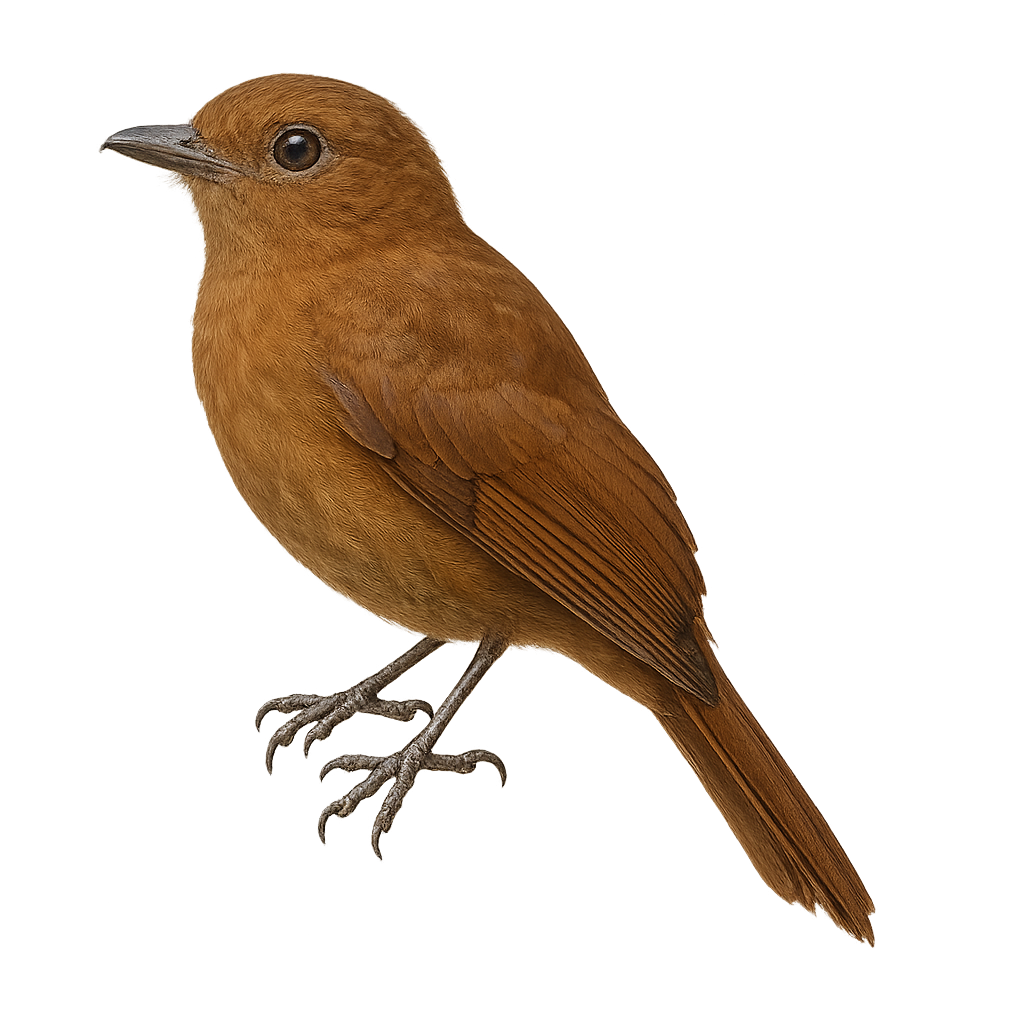Your wildlife photography guide.
Explore the rufous piha in detail, study its behavior, prepare your shots.
Where to observe and photograph the rufous piha in the wild
Learn where and when to spot the rufous piha in the wild, how to identify the species based on distinctive features, and what natural environments it inhabits. The WildlifePhotographer app offers tailored photography tips that reflect the rufous piha’s behavior, helping you capture better wildlife images. Explore the full species profile for key information including description, habitat, active periods, and approach techniques.
Rufous Piha
Scientific name: Lipaugus unirufus

IUCN Status: Least Concern
Family: COTINGIDAE
Group: Birds
Sensitivity to human approach: Suspicious
Minimum approach distance: 10 m
Courtship display: March to April
Incubation: 18-20 jours
Hatchings: March to May
Habitat:
Humid tropical forests, secondary forests, forest edges
Activity period :
Primarily active during the day, with peak activity in the morning and late afternoon.
Identification and description:
The Lipaugus unirufus, commonly known as the Rufous Piha, is a bird from the Cotingidae family. It is primarily found in the humid tropical forests of Central and South America. This bird is notable for its uniformly rufous plumage, which allows it to blend into its natural habitat. It measures about 25 to 28 cm in length and feeds mainly on fruits and insects. The Rufous Piha is often difficult to spot due to its discreet behavior and melodious song that echoes through the canopy. Although not considered threatened, deforestation poses a potential threat to its habitat.
Recommended lens:
400 mm – adjust based on distance, desired framing (portrait or habitat), and approach conditions.
Photography tips:
To photograph the Rufous Piha, it is advisable to use a telephoto lens of at least 400mm to capture detailed images without disturbing the bird. Look for areas where fruits are abundant, as these birds often feed in such places. Be patient and discreet, as the Rufous Piha is suspicious and may fly away at the slightest alert. Use a tripod to stabilize your camera and wait for the bird to perch on an open branch to get sharp and well-composed shots.
The WildlifePhotographer App is coming soon!
Be the first to explore the best nature spots, track rutting seasons, log your observations, and observe more wildlife.
Already 1 430 wildlife lovers subscribed worldwide

